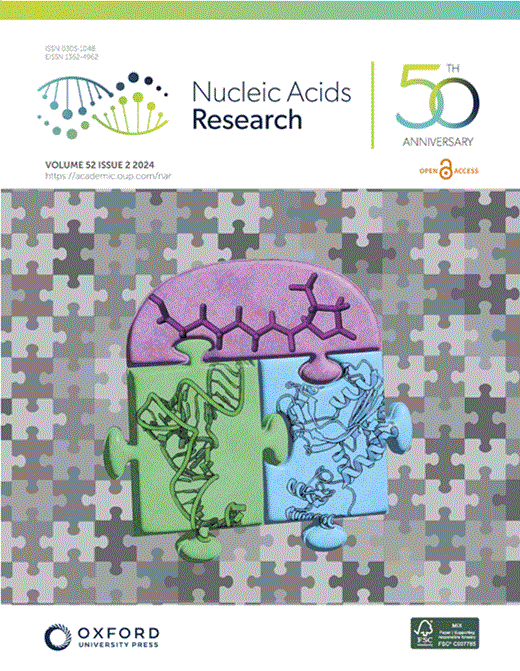Identification and correction of time-series transcriptomic anomalies
IF 16.6
2区 生物学
Q1 BIOCHEMISTRY & MOLECULAR BIOLOGY
引用次数: 0
Abstract
Transcriptomic analyses performed in time series have uncovered many important insights into dynamic biological processes such as circadian rhythms, cellular developmental cycles, and the cell cycle. Some of these studies have revealed transcriptomic artifacts (STRIPEs), characterized by substantial changes in transcript levels across the transcriptome between a time point and its temporal neighbors. These changes are unlikely to reflect underlying biology as the magnitude of the change is too large to occur within the time interval and because every gene in the time point exhibits a substantial change. Furthermore, STRIPEs occur across species exhibiting different biology, do not occur in the same phase across replicate time-series experiments, and can vary between technical replicates of a single time point. Here, we demonstrate STRIPEs in five time-series transcriptomic datasets across different species, biological processes, and timescales. We describe a computational method to detect STRIPEs in time series using the Kolmogorov–Smirnov statistical test, allowing for unbiased, user-friendly detection of STRIPEs. Finally, we present three methods for STRIPE correction and demonstrate their efficacy. Using periodicity analysis to identify periodic genes, we find nearly 600 genes changed in periodicity labeling following successful STRIPE correction, indicating the large impact of STRIPE removal on downstream analysis.时间序列转录组异常的识别和校正
在时间序列中进行的转录组学分析揭示了许多关于动态生物过程的重要见解,如昼夜节律、细胞发育周期和细胞周期。其中一些研究揭示了转录组伪影(条纹),其特征是转录组在一个时间点与其相邻时间点之间的转录水平发生了实质性变化。这些变化不太可能反映潜在的生物学,因为变化的幅度太大,不可能在时间间隔内发生,因为每个基因在时间点上都表现出实质性的变化。此外,条纹发生在表现出不同生物学特性的物种之间,不会在重复的时间序列实验中出现在同一阶段,并且可能在单个时间点的技术重复之间发生变化。在这里,我们展示了跨越不同物种、生物过程和时间尺度的五个时间序列转录组数据集中的条纹。我们描述了一种使用Kolmogorov-Smirnov统计检验在时间序列中检测条纹的计算方法,允许无偏,用户友好的条纹检测。最后,我们提出了三种条带校正方法,并验证了它们的有效性。利用周期性分析来识别周期性基因,我们发现在成功校正STRIPE后,近600个基因的周期性标记发生了变化,这表明去除STRIPE对下游分析的影响很大。
本文章由计算机程序翻译,如有差异,请以英文原文为准。
求助全文
约1分钟内获得全文
求助全文
来源期刊

Nucleic Acids Research
生物-生化与分子生物学
CiteScore
27.10
自引率
4.70%
发文量
1057
审稿时长
2 months
期刊介绍:
Nucleic Acids Research (NAR) is a scientific journal that publishes research on various aspects of nucleic acids and proteins involved in nucleic acid metabolism and interactions. It covers areas such as chemistry and synthetic biology, computational biology, gene regulation, chromatin and epigenetics, genome integrity, repair and replication, genomics, molecular biology, nucleic acid enzymes, RNA, and structural biology. The journal also includes a Survey and Summary section for brief reviews. Additionally, each year, the first issue is dedicated to biological databases, and an issue in July focuses on web-based software resources for the biological community. Nucleic Acids Research is indexed by several services including Abstracts on Hygiene and Communicable Diseases, Animal Breeding Abstracts, Agricultural Engineering Abstracts, Agbiotech News and Information, BIOSIS Previews, CAB Abstracts, and EMBASE.
 求助内容:
求助内容: 应助结果提醒方式:
应助结果提醒方式:


